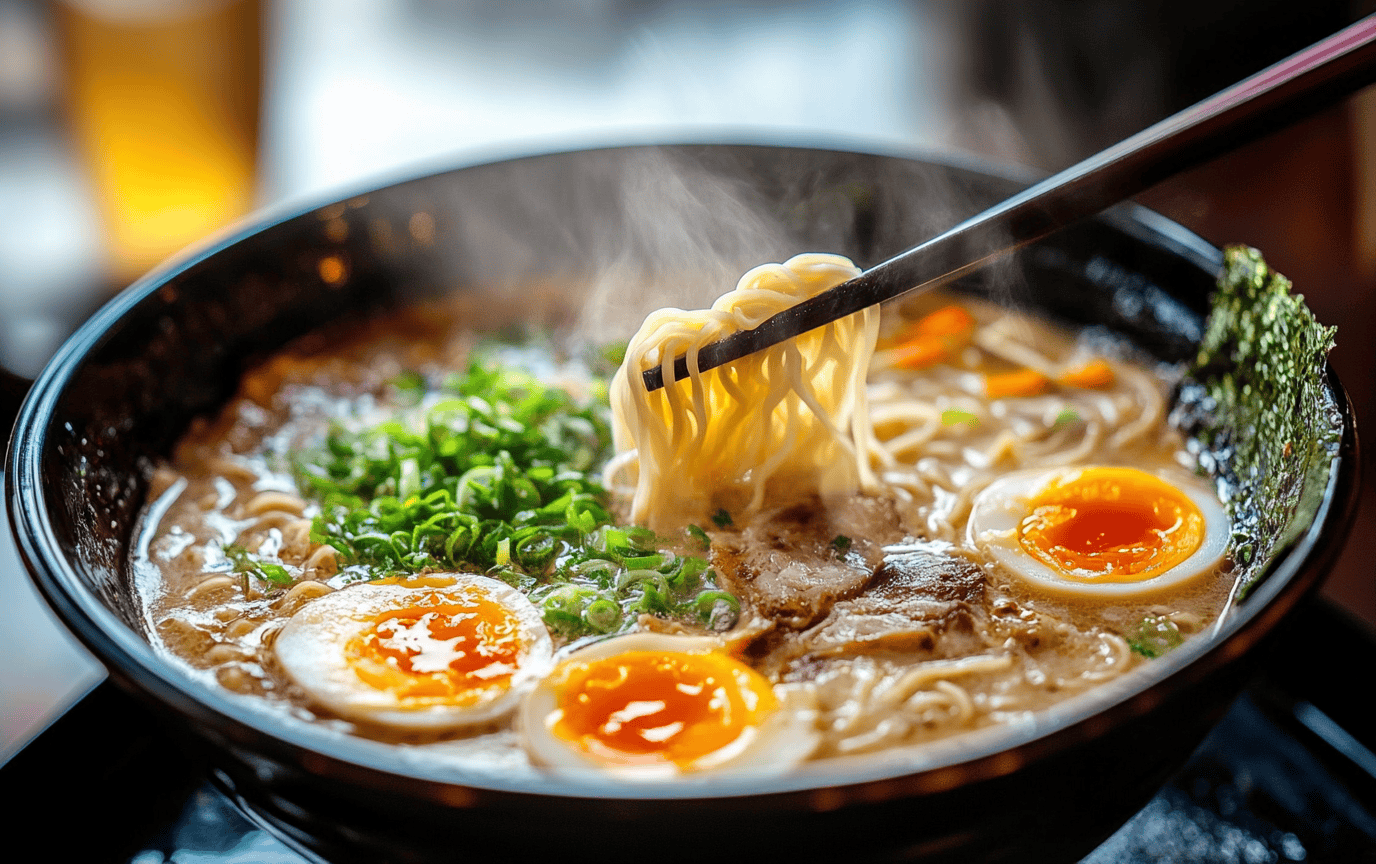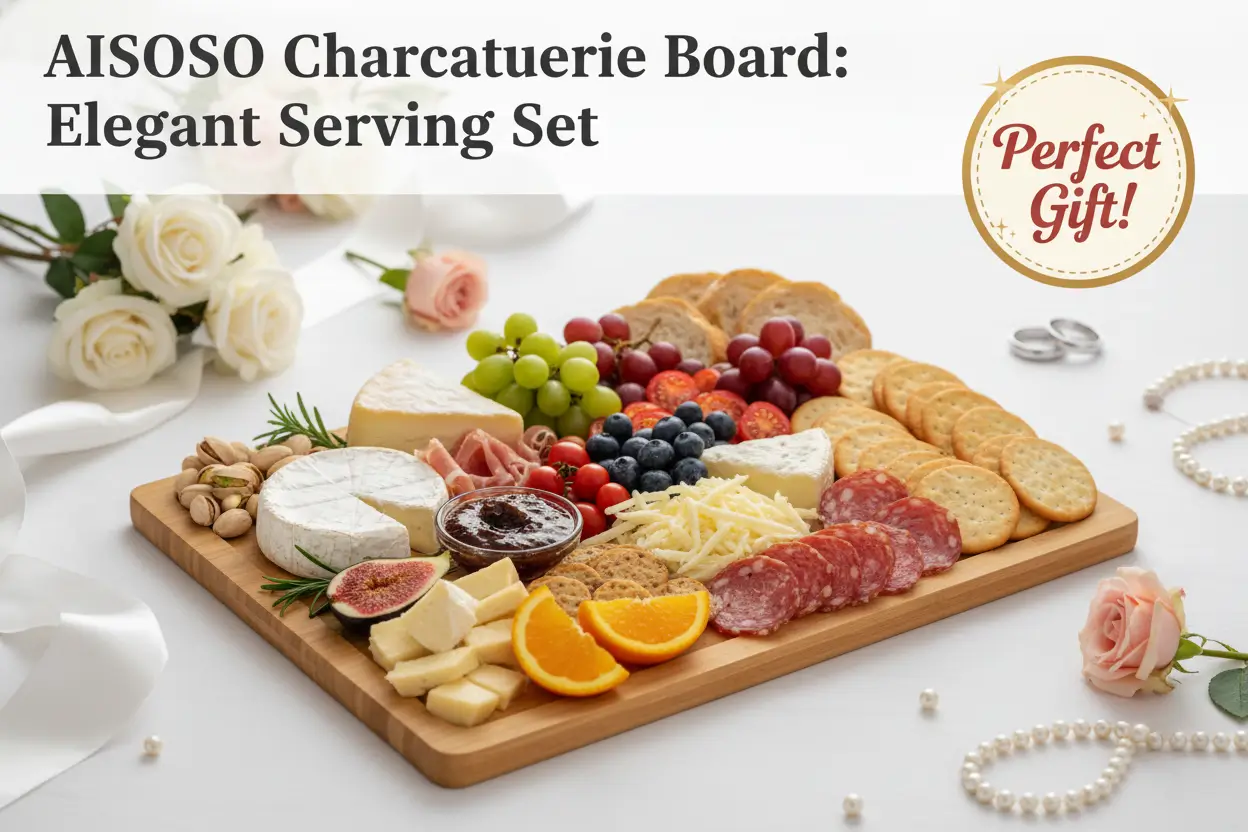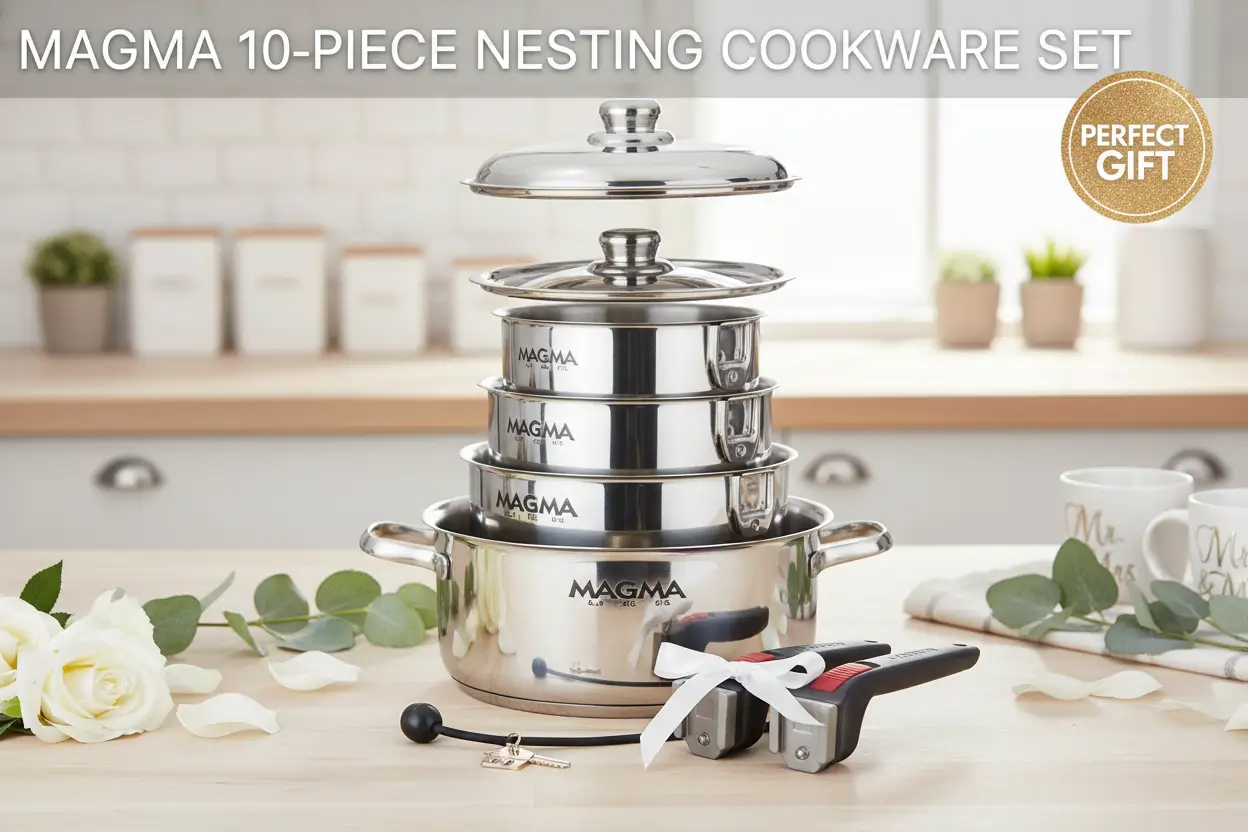How to Eat Like a Local in Japan: Ramen and More
Japan is not just a country; it's a gastronomic universe. The intricate flavors, the artistic presentations, and the deeply-embedded traditions create a dining landscape unlike any other. Every meal tells a story, each dish a chapter in a culinary novel. Travelers, if you seek to not just taste but truly experience Japan, delve into its food culture, beginning with the beloved bowl of ramen.
Understanding Japanese Dining Etiquette
Before you plunge into the steaming depths of a ramen bowl, it’s vital to grasp the subtle intricacies of Japanese dining etiquette. This isn’t merely about how to eat but about respecting a culture that elevates food into an art form.
Greetings and Gratitude
The act of eating begins long before the first bite. Upon seated at your table, take a moment, perhaps even close your eyes for a brief second. Say “itadakimasu” (いただきます). It's more than gratitude; it’s an invocation that welcomes the meal as a gift from nature, the farmers, and those who handled the preparation. At the meal's end, express your appreciation with “gochisosama deshita” (ごちそうさまでした), acknowledging the labor and care that went into your feast. This duality of respect binds the eater with the essence of the meal.
Chopstick Etiquette
Chopsticks are extensions of your hands in Japan, and handling them with care shows your respect for the culture. Hold them with grace, like an artist wielding a brush. Avoid actions that could be misconstrued; for instance, do not stab your chopsticks upright in a bowl of rice, for that resembles a funeral rite. Instead, gently lay them across your bowl, maintaining an air of elegance.
Slipper Rules
When entering traditional establishments adorned with tatami mats, leave your shoes at the door. Your feet will touch the soft fibers that hold stories of countless diners. Use the indoor slippers provided, and switch to toilet slippers when necessary. Each step is a communion with the space around you.
The Art of Eating Ramen
Ah, ramen. This seemingly simple dish is a masterpiece brewed in the cauldron of culinary innovation. Its essence is captured in broths that vary from shallow to profound, each slurp telling a story of the region it hails from.
Types of Ramen
Ramen shapes its identity through four key styles:
- Miso Ramen: Falling in love with Sapporo is inevitable when savoring its hearty miso ramen, a warm embrace in the winter chill.
- Shio Ramen: The saltiness of shio brings coastal flavors, evoking the taste of the ocean, a whisper of the sea in every bite.
- Shoyu Ramen: Soy sauce rich with umami forms the backbone of shoyu, a comforting classic found in many Japanese homes.
- Tonkotsu Ramen: The creamy, milky broth of tonkotsu declares the richness of Fukuoka and sings a lullaby to your taste buds with deep pork essence.
Each style is a lesson in warmth, culture, and depth.
How to Eat Ramen
As you sit down with your bowl, embrace the ritual. Use your chopsticks to lift the tender noodles; they slip through the fingers but beg to be grasped. With a spoon, scoop the remaining broth, rich and fragrant. Embrace slurping; it’s not merely acceptable, it’s encouraged. It’s a compliment to the chef and enhances the flavors while cooling the steamy strands.
Regional Varieties
Finding yourself in different regions of Japan offers a tapestry of ramen experiences. In Hakata, indulge in the depth of a rich pork bone broth, while in Kyoto, savor lighter soy-based broths that dance delicately on the palate. As you travel, let your taste buds guide you through the story of Japan's noodle soups.
Exploring Beyond Ramen
While ramen captures the heart, do not neglect the myriad of flavors awaiting your discovery in Japan.
Sushi
Sushi takes on many forms, and every piece tells its own tale. Navigate to specialty sushi restaurants where every fish is a canvas, and the sushi chef is an artist. Let the chef guide your selections, each bite a nod to both tradition and innovation. Experience the relation between sushi and the seasons, witnessing how some ingrediants alter throughout the year.
Tempura
Tempura brings elegance to your plate. At establishments like Funabashiya in Shinjuku, witness the process unfold. Each piece of seafood or vegetable enveloped in batter dances in hot oil, revealing crisp golden edges while the inside remains tender. The juxtaposition sings a harmonious tune that becomes a melody on your palate.
Yakiniku
If you crave interaction in your meal, then yakiniku is your calling. Gather around a grill, place your slices of meat over the flame, and watch as they transform. The smoky aroma fills your lungs, and the sizzle resonates in your bones. Eating like a local means engaging in this wonderful ritual of grilling your meal — a connectedness not just to the food but to the company you keep.
Kaiseki
For an exquisite culinary journey, kaiseki beckons. This multi-course meal unfolds like a narrative, with each course meticulously prepared to showcase seasonal ingredients and regional specialties. It’s a feast of color, texture, and flavor. As each plate arrives, reflect on the craftsmanship behind the presentation; even the arrangement is thoughtful and deliberate.
Eating Like a Local in Tokyo
Tokyo, a bustling metropolis where culinary brilliance shines, offers countless eateries that capture the soul of Japan. To eat like a local here requires stepping away from tourist traps and immersing yourself in the city’s heart.
Shinjuku
In the neon-lit district of Shinjuku, seek out Takahashi for a smoky ramen experience, where the richness of the broth pulls you in and refuses to let go. Or wander to Kabuto for eel, where nostalgia meets flavors curated over years of craftsmanship.
Roppongi
In the quieter streets of Roppongi, indulge in delicate soba noodles at Honmura-an. Here, every strand tells a story of summer, while Butagumi Dining serves a mouthwatering tonkatsu, expertly fried yet light. Each bite wraps you in comfort.
Ueno
Ueno invites you to bathe in its lively energy. Savor hearty soba at Okinaan or get lost in the vibrant atmosphere of Kadokura izakaya, an establishment rich in chatter and warmth. Here, laughter and flavor collide in joyous celebration.
Tips for a Seamless Dining Experience
As you step into the world of Japanese dining, arming yourself with a few insightful tips can enhance your experience.
Avoid Walking and Eating
Walking while eating is generally frowned upon. Instead, find a charming park or a designated eating area, allowing yourself to savor every bite fully. Let the flavors linger, washing over you with every moment.
Respect for Environment
Japan prides itself on cleanliness and harmony. Dispose of trash properly and refrain from littering; each action showcases respect for both the culture and the community you’re privy to.
Learn Basic Phrases
A few simple phrases can work wonders. “Arigatou” (thank you) and “Sumimasen” (excuse me) go a long way in fostering goodwill. Each word you speak is a bridge across cultural divides.
Conclusion
Eating in Japan is more than about food; it’s about connection, ritual, and respect. Slurping that first bowl of ramen transports you to the heart of a nation that balances the ancient with the modern, where each dish is a tale waiting to be shared. Embrace the moments, whether it's a casual ramen shop or an upscale kaiseki restaurant; each place has its own story. As you venture through meals, take a moment to stand still, acknowledge your surroundings, and appreciate all that has brought your dish to life.
Travelers, bring your sense of adventure to the table. Each meal is an experience, a chance to connect with locals and the vast culture of Japan. As you set out for your culinary journey, remember that in Japan, food is not just sustenance; it is a celebration of life itself.
Want to stay updated on the latest travel tips? Check out our Travel Tips section: Travel Tips
Looking for lifestyle inspiration? Explore our Lifestyle category.
Discover amazing destinations: Destinations.
Don’t forget to connect with us on YouTube, or follow our adventures on Instagram and Pinterest.













